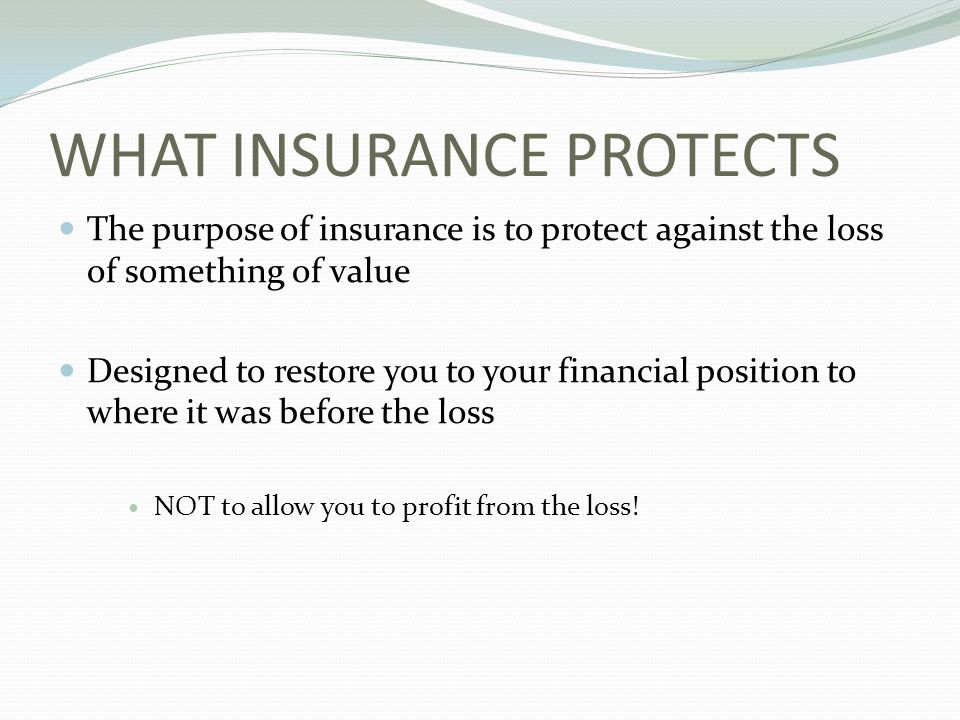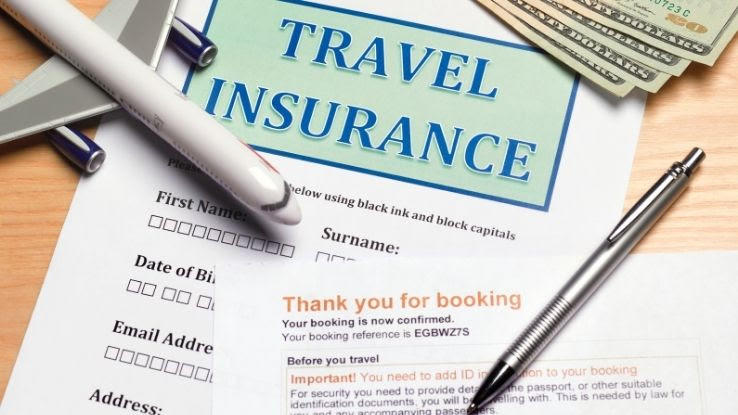A Biased View of Pacific Prime
A Biased View of Pacific Prime
Blog Article
Pacific Prime Things To Know Before You Buy
Table of ContentsThe Ultimate Guide To Pacific PrimeNot known Details About Pacific Prime Rumored Buzz on Pacific PrimeNot known Facts About Pacific Prime
In many states, the insurance company is called for to send you a duplicate of the changes to your policy. It is crucial that you read Recommendations or Cyclists so you comprehend exactly how your plan has actually changed and if the policy is still ample to fulfill your demands. To get a copy of your insurance coverage plan, please contact your insurance policy representative or company.
The Institute of Medication (IOM) Committee on the Repercussions of Uninsurance launches an extensive examination of evidence that addresses the significance of health and wellness insurance coverage with the magazine of this record. Protection Issues is the very first in a series of 6 reports that will be issued over the next two years recording the fact and consequences of having actually an approximated 40 million individuals in the USA without wellness insurance protection.

About Pacific Prime
The goal of this series of studies is to refocus plan interest on a longstanding issue. Following the longest financial development in American history, in 1999, an approximated one out of every six Americans32 million adults under the age of 65 and greater than 10 million childrenremains uninsured (Mills, 2000).

Ten percent of the population represent 70 percent of healthcare expenses, a correlation that has remained constant over the past 3 decades (Berk and Monheit, 2001) - global health insurance. Thus medical insurance continues to serve the function of spreading out risk even as it progressively finances regular treatment. From the perspective of healthcare companies, insurance policy lugged by their patients helps secure an income stream, and neighborhoods gain from monetarily sensible and stable healthcare specialists and institutions
Federal government provides medical insurance to populaces whom the exclusive market might not serve successfully, such as handicapped and seniors, and populaces whose access to health treatment is socially valued, such as children and pregnant women. The best ends of health insurance protection for the specific and areas, including workplace areas of staff members and employers, are enhanced health results and high quality of life.
A Biased View of Pacific Prime
Employees place health insurance policy first browse around here by far in relevance among all the advantages supplied in the workplace (Salisbury, 2001). There have actually been sizable financial investments of individual and public funds to provide health and wellness insurance policy, lots of individuals still have no coverage. Despite comprehensive coverage of study findings and wellness care research results, the general public remains overwhelmed and misinformed about Americans without medical insurance and the ramifications of doing not have insurance coverage.

Without question, the complexity of American healthcare funding systems and the wide range of resources of information include to the general public's confusion and apprehension about health and wellness insurance policy stats and their analysis. This report and those that will comply with purpose to boil down and offer in conveniently understandable terms the substantial research study that births on questions of health insurance policy coverage and its significance.
Fifty-seven percent of Americans polled in 1999 believed that those without wellness insurance policy are "able to obtain the treatment they need from physicians and healthcare facilities" (Blendon et al., 1999, p. 207). In 1993, when national interest was focused on the troubles of the uninsured and on pending health treatment regulation, just 43 percent of those questioned held this idea (Blendon et al., 1999).

They also receive less preventative services and are less most likely to have routine take care of chronic conditions such as high blood pressure and diabetes mellitus. Persistent conditions can bring about costly and disabling complications if they are not well managed (Lurie et al., 1984; Lurie et al., 1986; Ayanian et al., 2000). One nationwide study asked more than 3,400 adults concerning 15 extremely major or morbid conditions.
Get This Report on Pacific Prime
Extra evidence is provided later in this chapter in the discussion of insurance policy and access to health and wellness treatment. https://triberr.com/pacificpr1me. Individuals without health and wellness insurance are young and healthy and pick to go without insurance coverage. Practically half (43 percent) of those surveyed in 2000 believed that individuals without health and wellness insurance coverage are most likely to have illness than people with insurance
Citizens and plan manufacturers in focus group conversations characterize those without insurance as youngsters that have the opportunity to be covered and feel they do not require it (Porter Novelli, 2001). Contrasted to those with a minimum of some personal protection, the without insurance are much less likely to report remaining in outstanding or excellent wellness (Agency for Health Care Study and Top Quality, 2001).
RESOURCE: Facility for Cost and Funding Researches, Firm for Healthcare Study and Quality, based upon MEPS data. Young person between 19 and 34 are even more most likely to do not have medical insurance than any various other age team. This is primarily because they are less commonly eligible for employment-based insurance policy due to the nature of their job or their short period in it.
The perception that people without insurance coverage have better-than-average wellness complies with from puzzling the relatively young age profile of the uninsured with the better wellness, usually, of more youthful individuals. This obscures the web link between wellness status and health and wellness insurance policy. For those without accessibility to work environment medical insurance, inadequate health and wellness is a possible barrier to purchasing nongroup protection since such insurance coverage might be extremely priced, omit pre-existing problems, or be merely not available.
Report this page